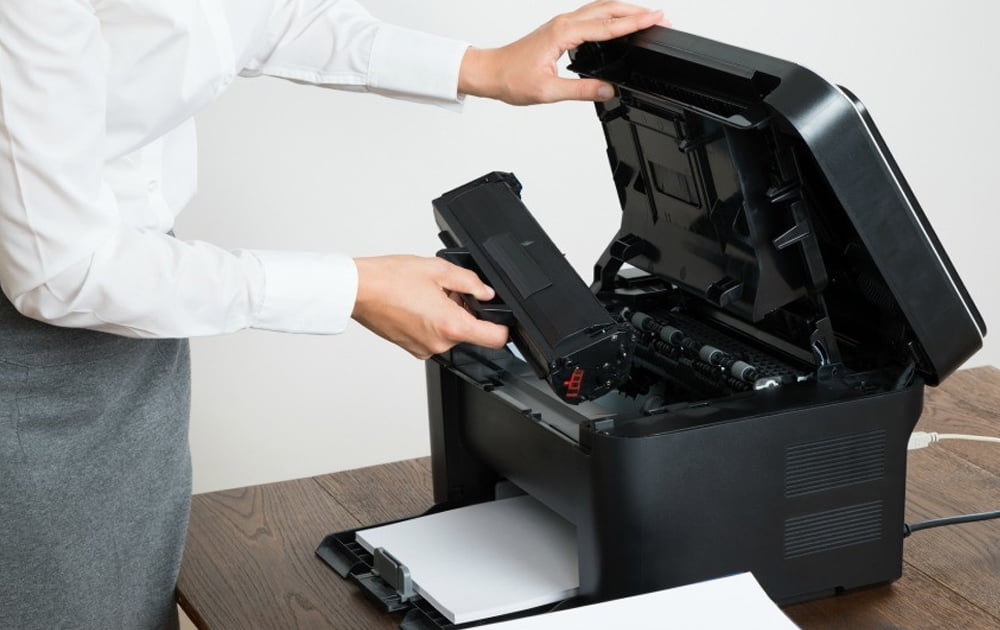As a commercial building owner or manager, you likely spend a lot of time thinking about ways to reduce energy costs and save money. You might want to consider the following tips for reducing energy consumption in your commercial space:
Optimize Your HVAC System.
Turn off the air conditioning when you are not in the building. If your office has more than one HVAC system, it’s best to turn off each one individually.
Use a programmable thermostat. A programmable thermostat allows you to set specific temperatures based on your needs and schedule—so if someone is coming into work at 8 am but stays there until noon, they won’t have their computers or printers turned up too high during those hours. This can save money by reducing energy consumption and lowering cooling costs during peak periods of usage (like around lunchtime) when fewer people are using air conditioning units.*
Install sensors that automatically turn on/off the air conditioning depending on whether it senses heat or cold outside.*
Replace Incandescent And Fluorescent Bulbs With LED Lights.
LED lights are a great way to save money and energy. They use less power than incandescent or fluorescent bulbs, so you can expect to see big savings on your electricity bill.
LED lights also last much longer than traditional bulbs. If you’re using an LED light at home, it will likely outlast the entire life of its bulb!
In addition to saving money and reducing greenhouse gas emissions, switching from incandescent or fluorescent lights is good for the environment in other ways too:
- They’re non-polluting because they don’t contain mercury like fluorescents do (although this isn’t always true).
- They’re more efficient than incandescent bulbs since they use less electricity per lamp lit up—but still have a lot of brightness at their disposal; this means higher quality light without having to compromise on size or brightness levels.
Power Off Equipment And Appliances When They Aren’t In Use.
One of the easiest ways to reduce energy costs is to simply turn off equipment and appliances when they aren’t in use. This includes turning off lights, TVs, computers, and other appliances that are plugged into outlets. It also includes unplugging devices that are not being used at the moment (e.g., if you’re using a laptop for work but leaving it on during your lunch break).
If you have multiple devices or appliances that need to be turned off at once, consider using a power strip or outlet extension cord instead of having them all plugged directly into one wall outlet—this will allow you to easily switch between rooms without having to unplug everything every time you change locations!
Finally, consider using smart plugs so that electronics automatically turn themselves off when left unattended (like your TV). This way there’s no need for anyone across town who walks past your office building every day—it’ll just magically happen without any action required from you!
Install Window Treatments With Reflective Films
Window treatments with reflective films reduce heat gain by about 7% and provide a further 3% reduction in energy costs.
In addition to the benefit of helping you save money on your heating bill, installing window treatments with reflective films can also help keep the sun out in summer and winter. By covering your windows with these blinds or curtains, you’ll be able to reduce the heat that gets into your home during warm weather months like summertime or wintery evenings. This alone makes it worth considering installing these kinds of products in commercial buildings where there’s more than one person working at once!
Seal Cracks And Openings Around Windows To Prevent Drafts
If you want to reduce your energy costs and make a building more comfortable in winter, seal cracks and openings around windows to prevent drafts. Sealers such as weather stripping or caulk can be installed on the outside of windows to help seal out cold air. Foam-backed insulation is another great way of keeping the heat in during cold weather, as well as blocking noise from outside noises entering through walls. Window films that cover your entire window allow for better insulation than just putting up curtains; they also look good!
Lower Your Water Heater Temperature Setting
Water heaters should be set to a temperature of 120 degrees. If the water heater is not used for an extended period of time, it should be turned off. Water heaters should also be vented to the outside so that there is no buildup of pressure inside the unit and potential damage occurs as a result.
Proper maintenance can help you avoid some common problems with your commercial air conditioning system as well as reduce energy costs by keeping equipment working properly, which will keep it from breaking down or requiring repairs more often than necessary.
Clean Or Replace Air Filters On Your HVAC System.
Air filters are the primary component of your HVAC system. They filter out dust, pollen, mold, and other allergens that can cause respiratory problems in building occupants. Air filters should be changed regularly to ensure they’re working properly.
If you use a central air filter on your HVAC system, it’s important that you check for damage or contamination every six months—even if no problems are visible at first glance (you can usually tell when there’s something wrong). If there’s any question about whether or not you need to replace it immediately, contact an expert before doing so; replacing an entire unit may cost more than simply buying new ones!
Conclusion
We hope that this article has given you some great tips on how to reduce energy costs in commercial buildings. These are just a few ideas and there are many more out there, but they should give you a good starting point for getting started on your journey. If there is one thing we want all our readers to take away from this post it would be that reducing energy costs is an ongoing challenge that requires continual vigilance in order to keep up with changing market conditions, equipment technology trends (like LED lighting), as well as other factors such as weather patterns or job site environments




